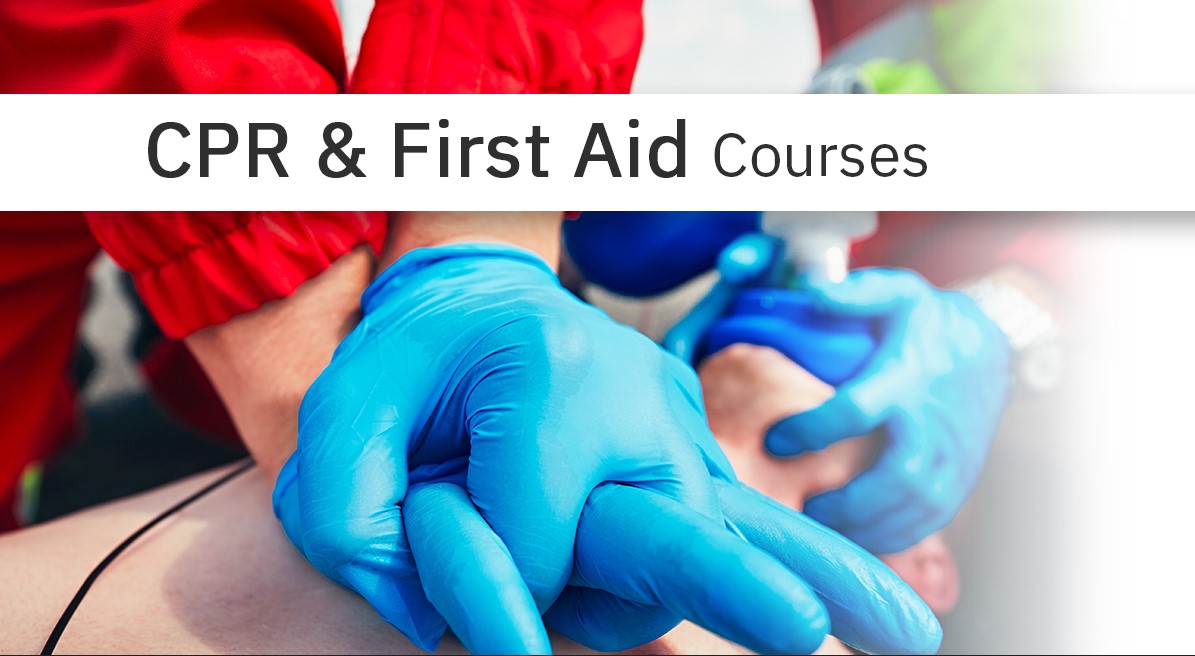Picture this: You’re out at your favorite lunch spot when you see someone collapse to the ground, clutching their chest. Do you freeze in panic or jump into action?
Knowing how to perform CPR and other first aid techniques could be the difference between life and death for that person. That’s why we believe that every adult should get certified in first aid and CPR. In this blog post, we’ll explore some of the reasons why learning these skills can have a profound impact on not just individuals, but entire communities as well. So let’s dive in!
In a medical emergency, minutes matter. Seconds can mean the difference between life and death. That’s why it’s so important for everyone to be certified in first aid and CPR. First aid is the initial care given to a person who has been injured or who is suddenly ill. It is provided before professional medical help arrives. CPR (cardiopulmonary resuscitation) is a lifesaving technique that is used when someone has stopped breathing or their heart has stopped beating. By learning first aid and CPR, you will be equipped to handle many different types of emergencies. You could save a life!
Benefits of First Aid/CPR Training for Adults
There are many benefits of first aid and CPR training for adults. First, it can help you save a life. Second, it can help you prevent injuries. Third, it can help you respond to medical emergencies. Fourth, it can help you provide care for a sick or injured person. Fifth, it can help you teach others how to provide first aid and CPR.
Where to Find First Aid/CPR Training for Adults
There are a number of organizations that offer first aid and CPR training for adults. The American Red Cross is one of the most well-known providers of this type of training. “ARC” offer a variety of courses that are designed to meet the needs of both individuals and businesses.
The American Heart Association is another organization that offers first aid and CPR training. They offer both online and classroom courses. These courses are designed to meet the needs of both healthcare providers and the general public.
Trivent Safety Consulting is an excellent resource when it comes to applying these skills at the jobsite or at your home.

Tips for Retaining the Skills Learned in First Aid/CPR Training
Most people who get certified in CPR never have to use it. But for the moments when you do need it, having that certification could mean the difference between life and death.
Here are some tips to keep your CPR skills sharp:
- Take a refresher course every year or two. CPR fundamentals don’t change much, new techniques and technologies are always being developed. Plus, it’s good to have a reminder of what to do in an emergency situation.
- Stay current on First Aid techniques as well. First Aid encompasses a lot more than just CPR, so make sure you know how to treat everything from minor cuts and scrapes to more serious injuries like broken bones and concussions.
- Think about joining a local community Emergency Response Team, this a great way to give back to your community and keep your skills sharp at the same time.
Summary:
By getting certified in first aid and CPR, you can help save lives. Not only will it give you the confidence to act in an emergency situation, but it could also mean the difference between life and death for someone who needs your help. Plus, taking a few hours out of your week to become certified is a simple way to make an impact on those around you. Whether you are looking to enter the medical field or simply have always wanted to help people in need; becoming trained in first aid and CPR is an easy yet important step that everyone should take.
Knowing first aid and CPR knowledge could save lives, no matter what the circumstances may be. We hope that this article has emphasized how important it is to become certified in both disciplines and understand how you can use them to help others in their time of need. Trivent Safety Consulting is an excellent resource when it comes to applying these skills at the jobsite or at your home.
Being a certified in First Aid CPR can provide you with the necessary skills to assist your loved ones should an emergency occur. Want to learn more? For additional information call 800-819-6092 or register for our next 1st Aid / CPR training course!


